This post contains affiliate links and I may receive a small commission if you visit a link and buy something. Purchasing via an affiliate link doesn’t cost you any extra, and I only recommend products and services I trust. I may have been sent some of the products in this post free of charge or paid to feature them here. Thank you for supporting this blog.
Jump to:
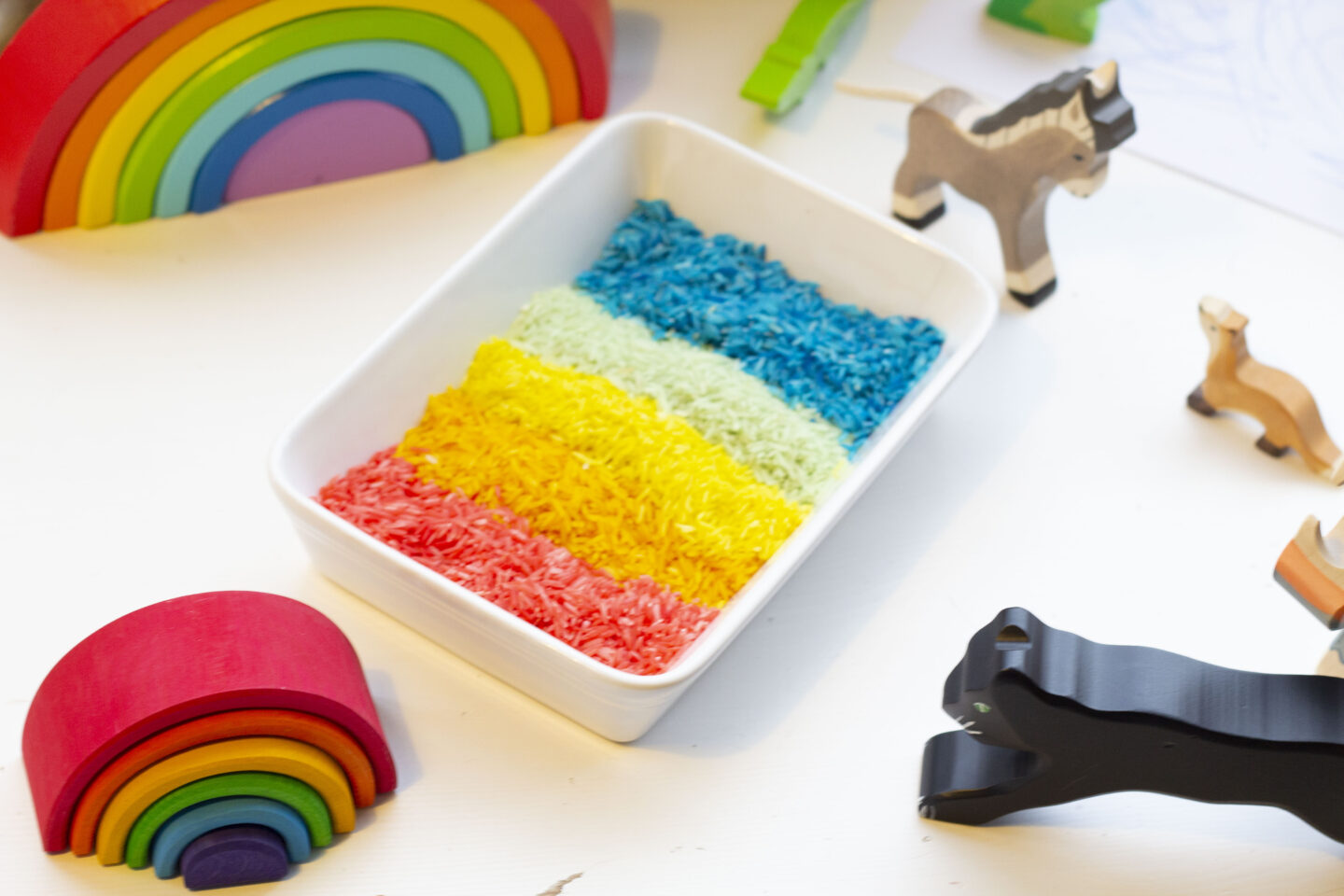
Sensory play is so important for little ones. It helps in all aspects of their development. I have a variety of different sensory play set ups for my littlest one (just turned 2) and he really enjoys playing with them all. His latest favourite is playing with coloured rice. We put some in his Ikea Flisat table and he spends ages scooping, pouring and picking up the rice. You can use plain rice for this activity but an added sensory dimension is to colour the rice so I thought I would share with you how to make coloured rice for sensory play. Read to the end for ideas on how to play with this rice.
Why is sensory play so important?
The five senses are sight, hearing, taste, touch and smell. If you can integrate these senses into your activities your little one will get so much more out of their play. Children learn all about the world around them through using their senses and sensory play encourages independent discovery and thinking as well as inspiring creativity and imagination. It helps with brain and language development as well as fine and gross motor skills. There are literally so many benefits I would encourage you to start sensory play with your little one straight away.
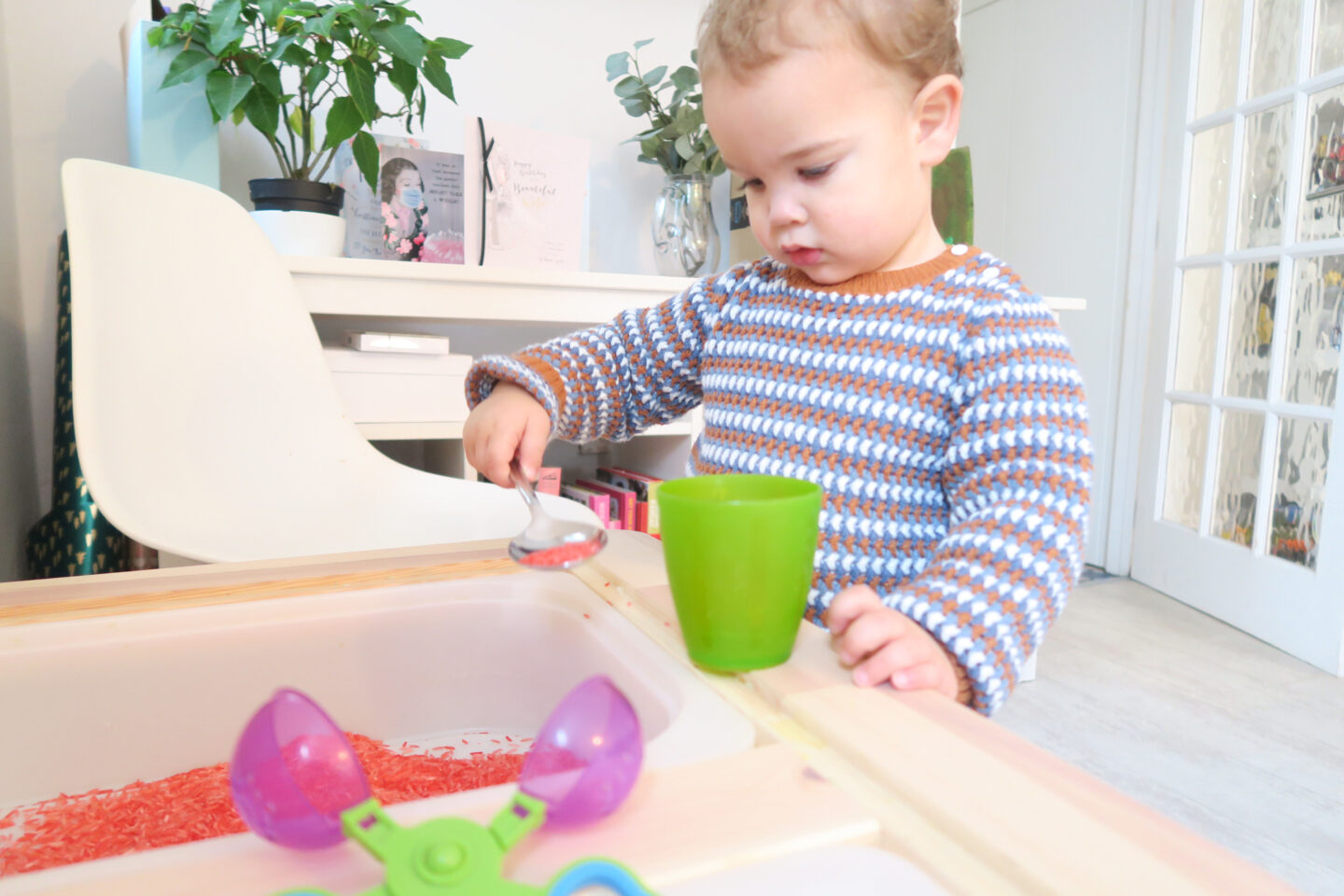
What you will need to make coloured rice
This coloured rice is so easy to make, you only need a few supplies.
Plain rice - don't use anything fancy, just cheap plain rice will do
Vinegar - I used * white wine vinegar. Don't worry about the vinegar smell, it completely disappears once the rice is dry but it helps to set the colour.
- Food colouring
A * zip lock bag
Baking Tray or sheet for the rice to dry on
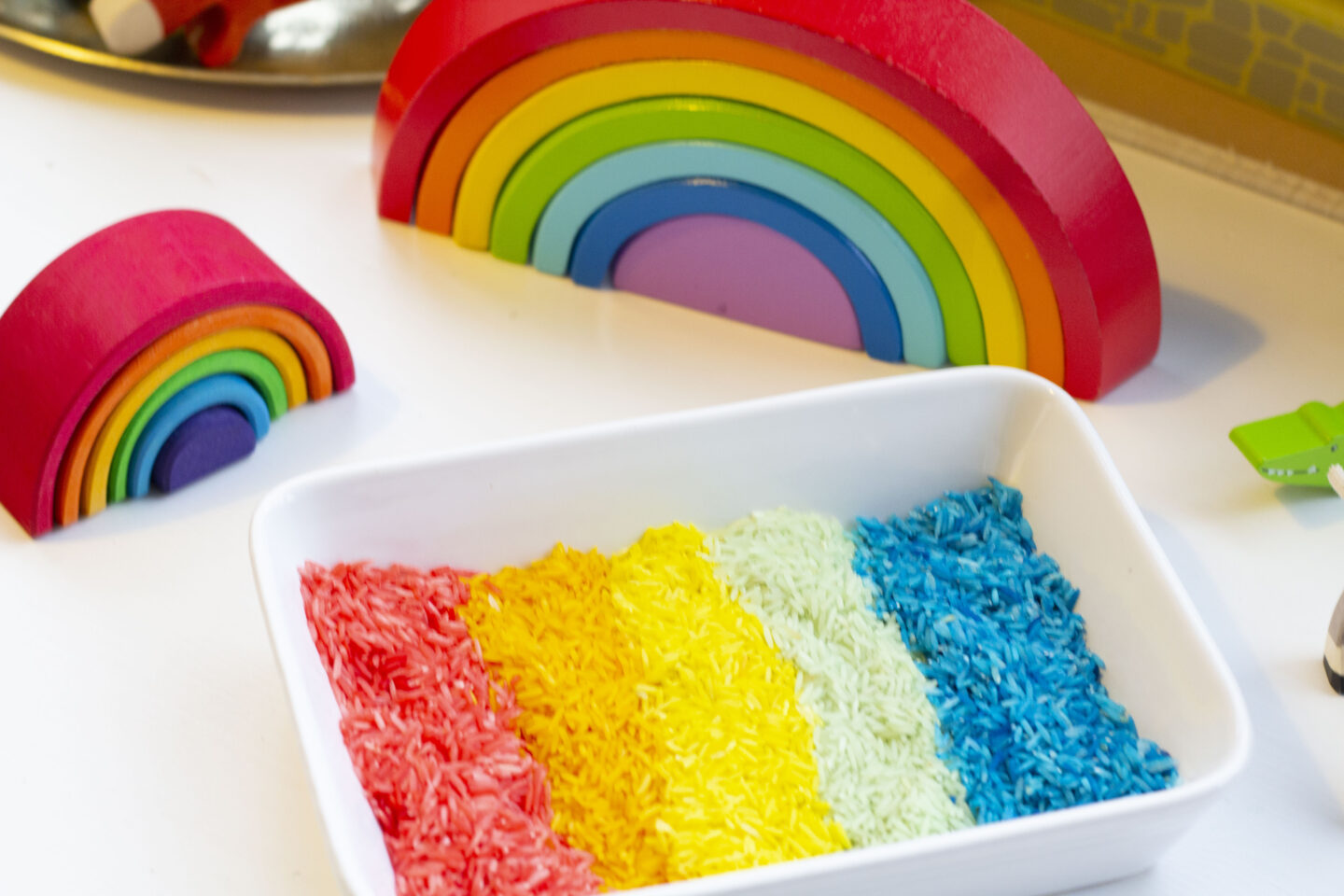
How to make coloured rice
You will need to pour about 500g of rice into your ziplock bag, add a tablespoon of white wine vinegar and a few drops of food colouring. Seal the bag and mix and shake until the rice has been dyed the required shade. You can add more food colouring if you need to.
You can mix colours to make other colours which makes a great extra activity for older children. For example to make purple rice, mix red and blue food colouring together before adding it to the rice.
Once the rice is well mixed and you are happy with the colour, pour it out onto the baking tray to dry and leave it in a warm place. It should only take a couple of hours at room temperature. You might want to give it a little mix every now and again to help it to air and dry.
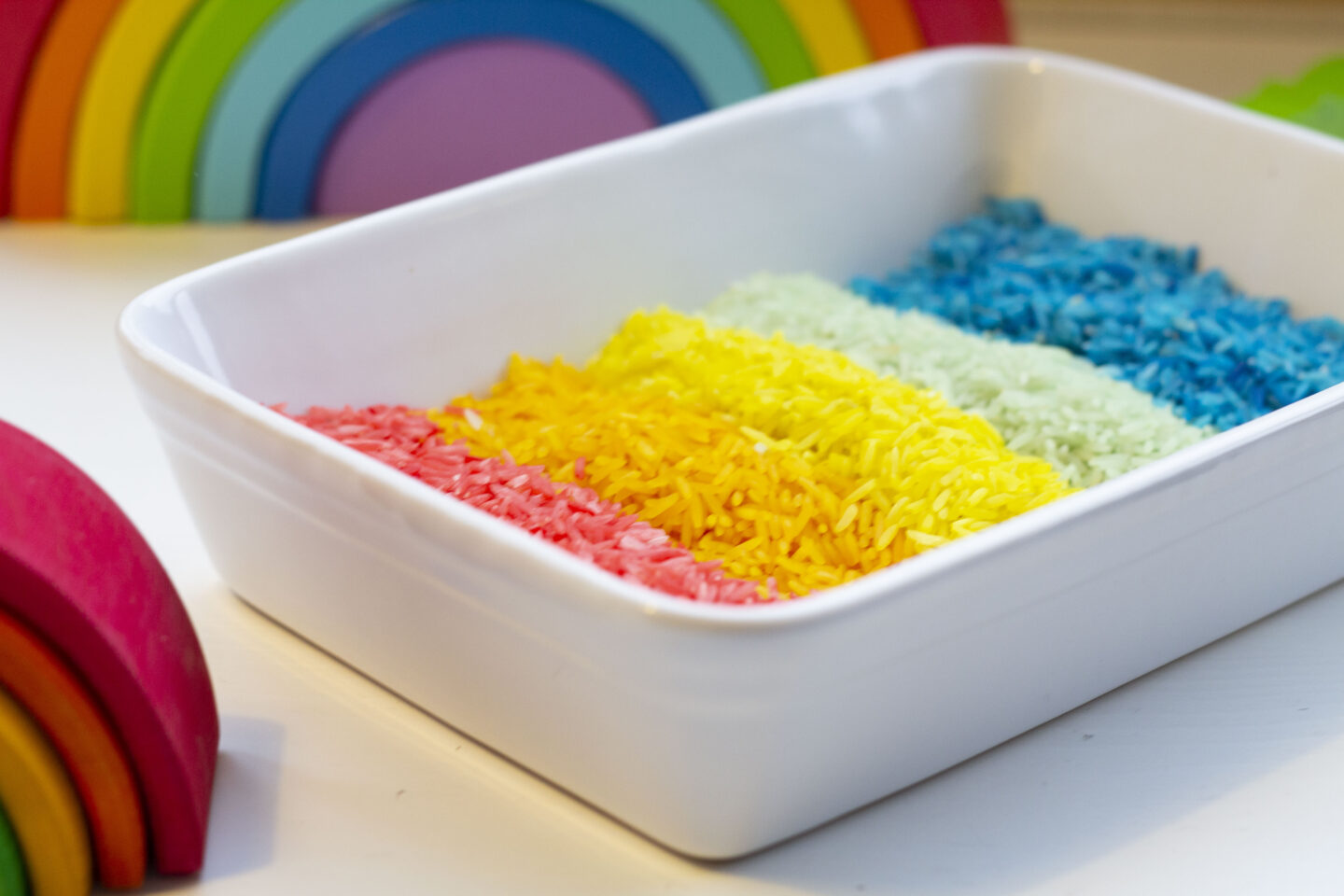
How to play with sensory rice
There are so many ways in which you can use sensory rice to play. Your little one can scoop it, pour it, sort it into colours, use different tools to pick it up, feel it with their hands, pour it down a slope, anything and everything that their imagination allows. I would recommend taking a look at the hashtags #sensoryrice and #rainbowrice on Instagram for some great ideas.
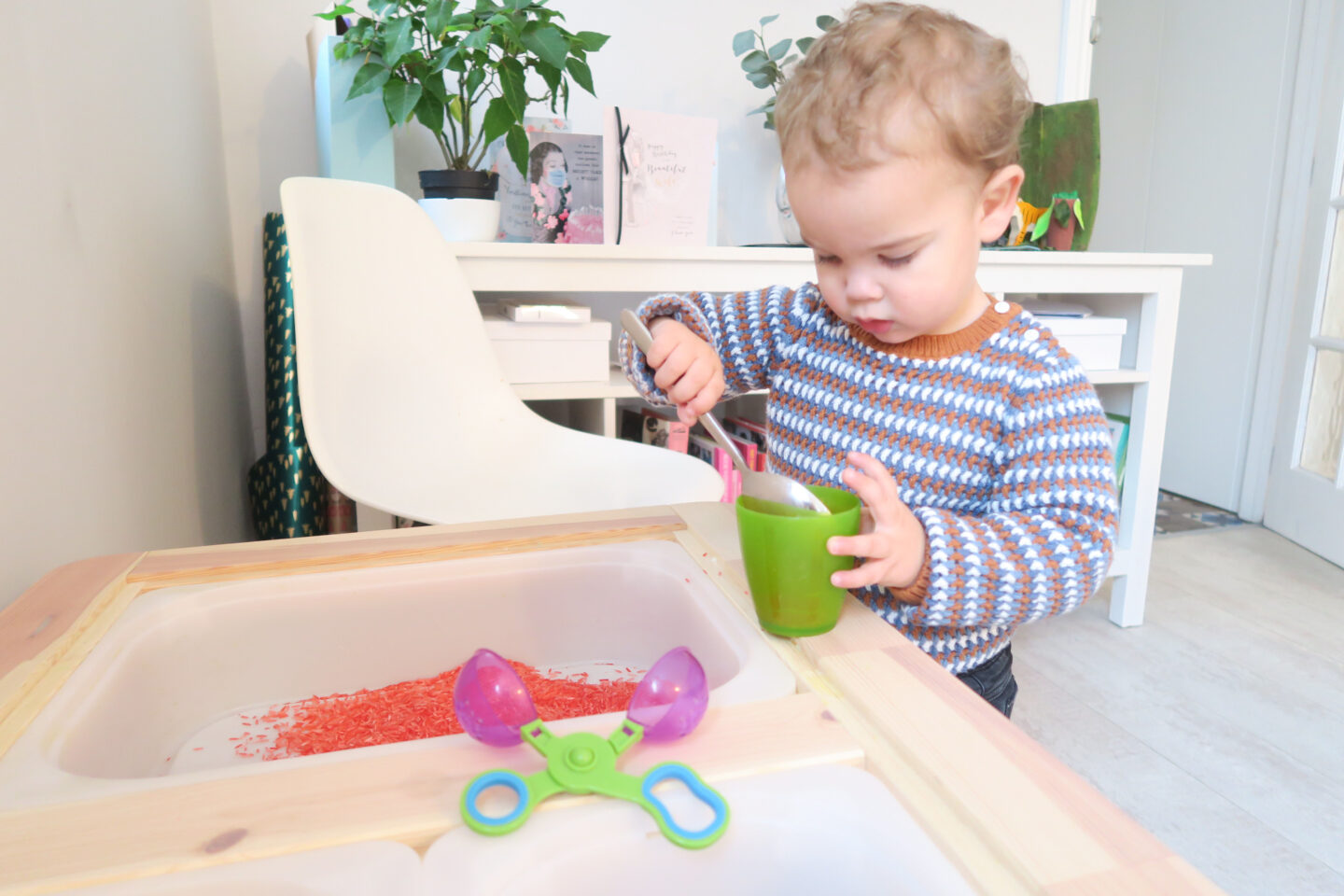
You can use spoons and bowls that you have around the house or pick up a set for your little one to use especially. I really like this wooden set.
How to store coloured sensory rice
When your little one has finished playing with the rice, pack it up for another day. We reuse glass food pots and jars to store ours and they look really pretty on the shelf. It will keep well (for months or even years) in a container as long as it is dry when you store it. If it gets wet during play make sure that you dry it again before storing it.
I have made a YouTube video showing exactly how I made the rice. I really like watching video tutorials, I find them much easier to follow.
If you liked this post on how to make coloured rice for sensory play, please share it with your friends on social media and Pin it for later...
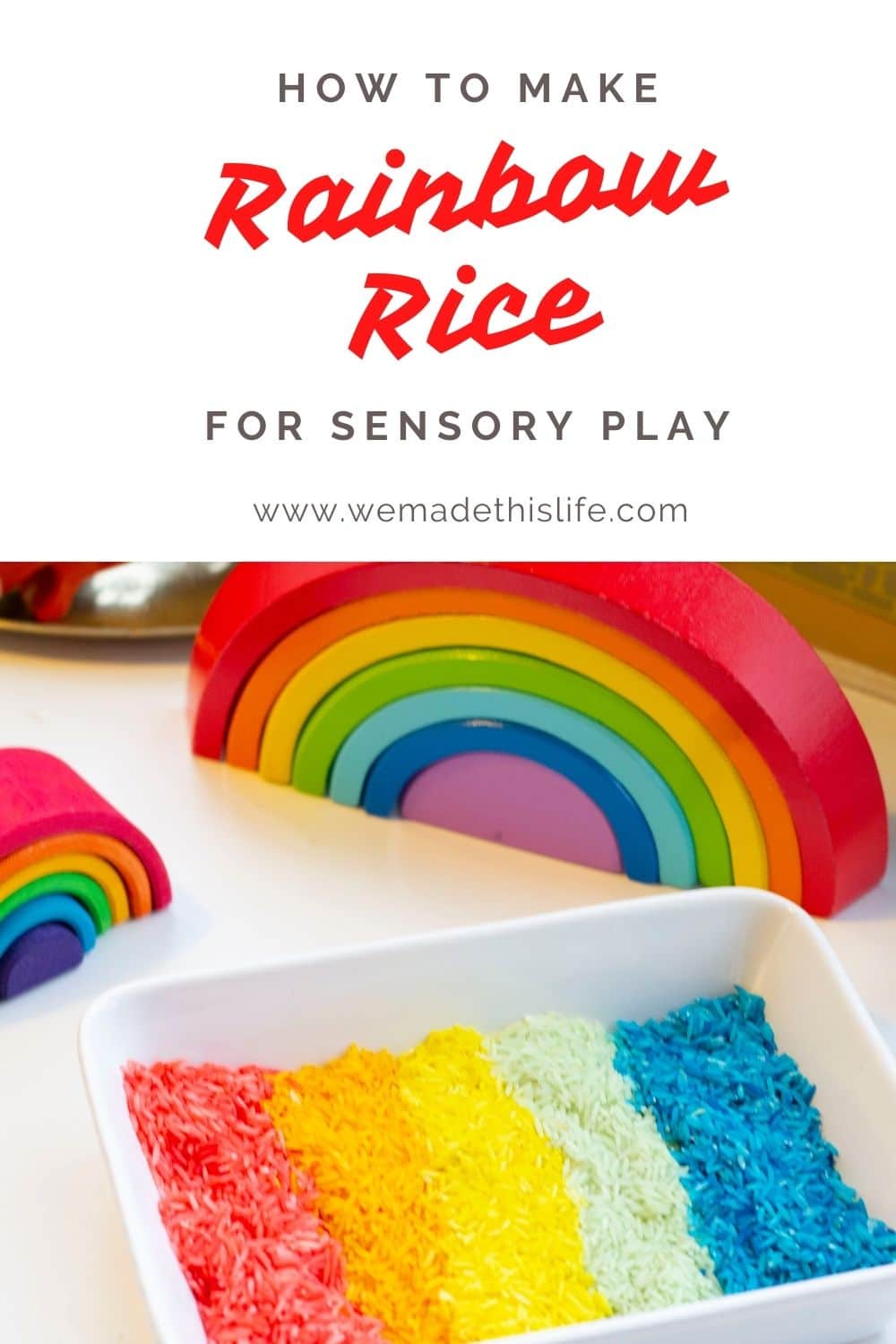
You might also like...
A Gold, Wood & White Scandi Nursery Tour





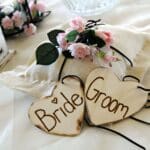

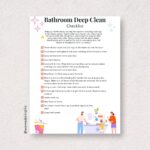










Hayley - Downs Side Up
I love this idea, simple and effective. It would be lovely to use for finger drawing letters for literacy... might just give it a go.
Ali
That's a great activity to use it for!